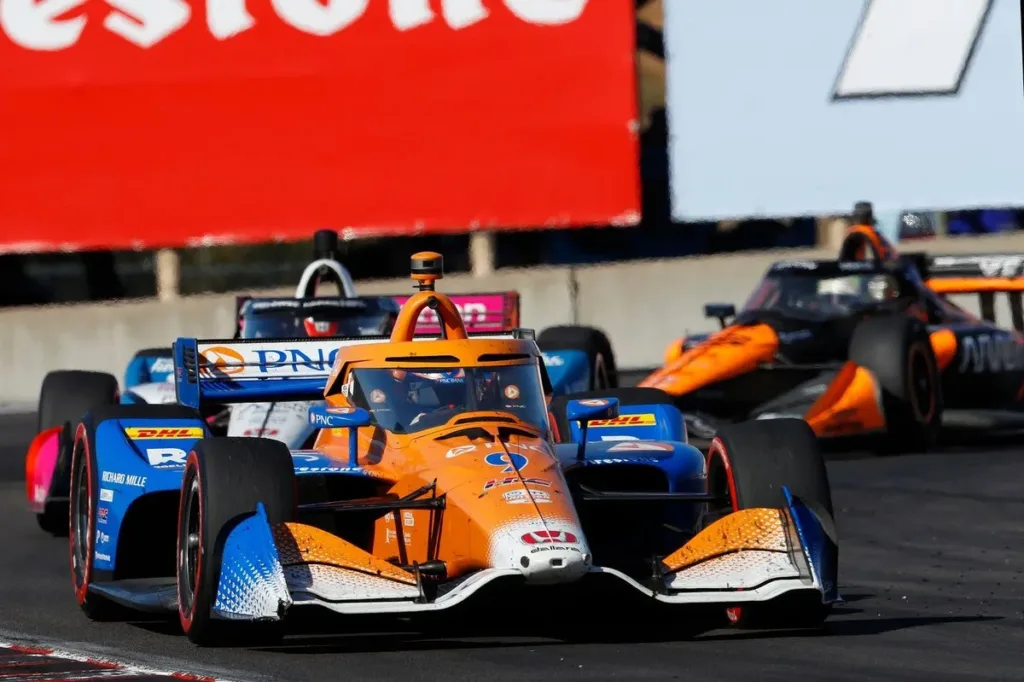IndyCar’s Hybrid Era Dawns at Iconic Mid-Ohio
The world of IndyCar racing is about to witness a significant evolution as the series prepares to integrate hybrid technology into its iconic open-wheel machines. Starting at the upcoming round at Mid-Ohio Sports Car Course on July 5-7, the venerable 2.2-liter twin-turbo V6 engine, which has been a pillar of the series since 2012, will now be paired with a cutting-edge hybrid system.
“I have two emotions,” expressed Alexander Rossi, driver of the No. 7 Arrow McLaren Chevrolet. “I’m sad because it’s the end of an era. We grew up falling in love with this sport with the framework of what it is now. At the same time, if you look at where the world is going, where manufacturers are going, you’ve got to evolve. It’s an exciting time for the series to take that step towards the future. It’s something that’s important to all of us and the partners involved.”
The new hybrid unit, developed through a collaborative effort between Chevrolet, Honda, and IndyCar, features a Motor Generator Unit (MGU) and an Energy Storage System (ESS) consisting of 20 ultracapacitors. These components are neatly integrated within the bellhousing, located between the engine and the gearbox.
Enhanced Power and Efficiency
In addition to the existing push-to-pass system, drivers will now have the ability to deploy an additional 120 horsepower through the hybrid assist, bringing the total power output to over 800 horsepower – a mark not seen in IndyCar in over two decades. The MGU will regenerate power during the braking or throttle application process, storing it in the ESS for on-demand deployment.
“I don’t know how much of a difference it will make,” said Colton Herta, driver of the No. 26 Andretti Global Honda. “It’s a short burst of energy. If you have a run going, it might give you the edge to pass somebody. I don’t think it will create the opportunity to pass. I think it’s going to be more of a factor of how much push to pass you have.”
Improved Driver Autonomy
One of the unique advantages of the new hybrid system is the ability for drivers to self-start and continue on when stalled, minimizing the need for the AMR Safety Team to intervene.
The dawn of the hybrid era in IndyCar promises to be an exciting chapter in the series’ history, as it embraces new technologies and adapts to the evolving landscape of motorsports. The first glimpse of this transformation will be on display at the iconic Mid-Ohio Sports Car Course next weekend.
🔗 Source
